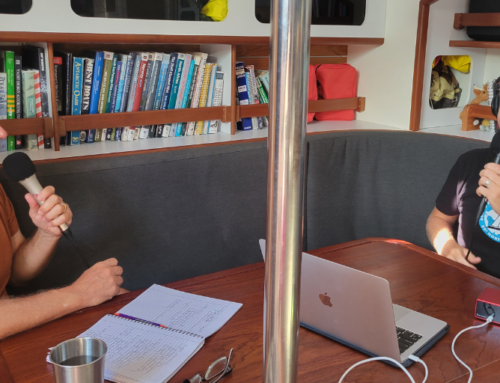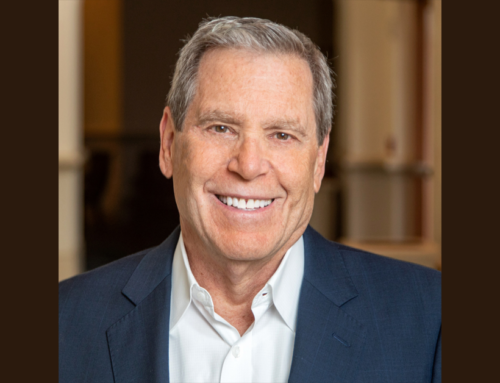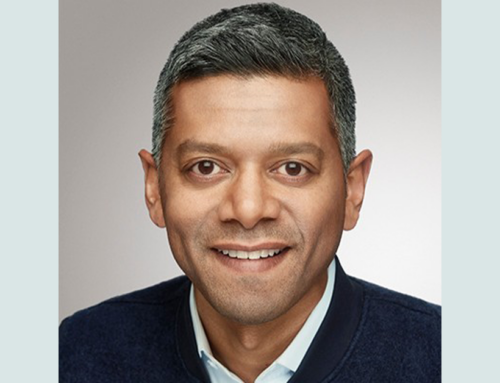Guest: Andrew M. Bailey, a professor at Yale-NUS College, where he teaches classes and conducts research on money, philosophy and politics. He is one third of the Resistance Money Bitcoin Research Collective alongside Bradley Rettler and Craig Warmke, both of whom are past guests on this podcast.
Insight: Bitcoin can be many things to different people: a store of value, a tool for social justice, a means of exchange, an organizing principle for folks who think the traditional financial system is broken. Detractors often cite this multiplicity as a negative. But recent trends in our industry have pushed advisors to start understanding that money itself means so many different things to our clients. From that perspective, Bitcoin is just one piece of a much larger financial narrative in which people are constantly defining and redefining what their money is for and what/how much they need to be happy.
–
3 Quotes from Andrew M. Bailey:
1. Money is what it does. And what is it that does what money does? Well, it can be anything. What is a doorstop? What color does a doorstop have to be? No color in particular. How much mass does it have to have? Well, it depends on how it works. If it jams underneath the door, it may not have to have much mass at all. Otherwise, more mass than whatever’s pushing against the door. Does it have to be made of wood or concrete or plastic? No, nothing in particular. So any number of things could play the doorstop role, many different shapes, sizes, masses, colors, and so on. So there really isn’t anything that is a doorstop in terms of what kinds of things can play that role. Instead, it’s just whatever it is that stops the door. I think of money as being similar in this respect. Money isn’t anything in particular, it’s rather anything that plays the money role, where the money role most centrally is being a commonly accepted medium of exchange.
2. It wasn’t for no reason that we select for some things as money and others as not. I think that we respond to, in part, the properties of those things. Some things are more apt for being money. You might want it to be highly divisible, so you don’t have to trade in these big, non-fungible, non- breakupable units. Imagine a huge gold coin that couldn’t be severed in half. You could buy a house with that and nothing else — not very useful. So gold is classically valued as a money, or has been at least in the past, because of its divisibility. It doesn’t even take that much heat to divide gold. Portability, something that isn’t anchored to the ground, isn’t too heavy but maybe not too light either. There’s lots of different properties that make something a better object of a collective agreement. Those can constrain or make some choices of money more rational than others. My view is that Bitcoin has many of those properties to a fairly high degree. Maybe not perfect on all dimensions, but it has enough of them that enough of us have collectively said, I want to use that one as money.
3. I think it’s helpful to first think about why we care about equality in the first place. My own view is what’s called sufficientarianism rather than egalitarianism. Egalitarians think that economic equality is morally good in itself. It’s something important to be desired. I think that what matters isn’t in fact equality, but rather sufficiency. What matters isn’t the ratio of the haves to have-nots. It’s rather that everyone has enough.
Here’s a thought experiment. Picture a slum, and then there’s a big fence. And next to it is a mansion with a Ferrari in front. When I present images like this to my students and other people, most have fairly guttural, negative reactions: it’s disgusting, or it’s morally problematic, or they at least have questions about how this came to be. But I think that many of us have actually misidentified what’s wrong. One way to test that is to look at a different picture: a Ferrari next to a fence, and then the other guy has 10 Bugattis, each one of them is worth 10 times what a Ferrari is. So the ratio is the same. There is wide inequality depicted in both pictures. But I suspect nobody would have the same kind of moral disgust at the inequality in the second picture as they have at the first. What that tells me is that what bothers us in that first picture, when we see the slum, it’s not the ratio that matters so much. It’s that some are suffering. It’s that some do not have enough, that there isn’t running water, there isn’t sufficient food, there isn’t access to banking, there isn’t access to stable property rights and institutions and fair court proceedings. So it’s not the ratio that I think is morally important. It’s rather that everyone has enough. It’s the location of the floor, if you will.
Resources




